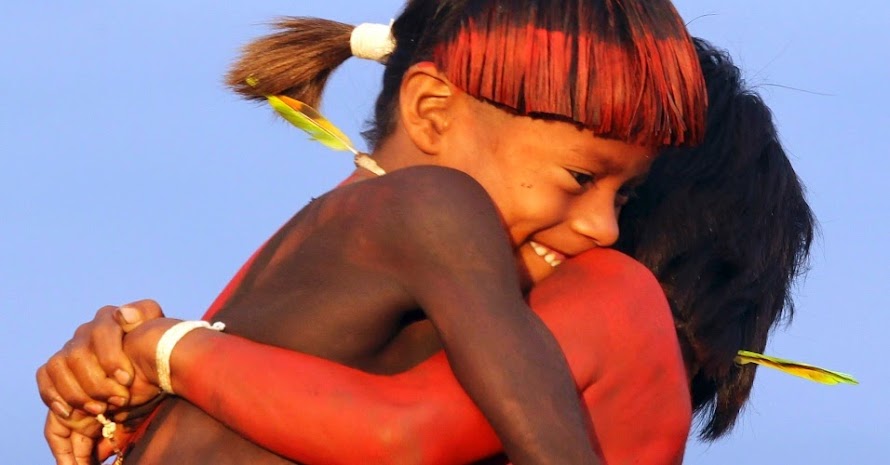Oysters have to arrive at the restaurant table alive, which makes their transportation exceptionally problematic. Especially when the 720 km journey from Brazil´s main production area in the state of Santa Catarina to the main buyer in Sao Paulo is made through a hot country under difficult road conditions.
OYSTER FARMING IN SOUTHERN BRAZIL
 Oysters are cultivated in cages called lantern nets. They get their name from typical Japanese lanterns because they look just like them – long and divided into sections. Each lantern has five sections and contains a total of 25 dozen mature oysters. The boat harvests about 300 dozen oysters. "Production begins with a spat that looks like a grain of sand," explains Nino. "The Federal University of Santa Catarina cultivates the spat. They select oysters directly from the sea, mate them and grow spat from the larvae. The oyster is born with a foot and swims like a small fish until it develops its shell and attaches itself to something. Once the spat develops, it takes about eight months until the oyster reaches the perfect eating size. If it remains in the sea, it continues to grow. The size of a baby is about six centimeters. Average size is reached when it is about eight centimeters. This is the maximum size that restaurants accept. If oysters are left in the sea for longer, they can reach a size of over ten centimeters.
Oysters are cultivated in cages called lantern nets. They get their name from typical Japanese lanterns because they look just like them – long and divided into sections. Each lantern has five sections and contains a total of 25 dozen mature oysters. The boat harvests about 300 dozen oysters. "Production begins with a spat that looks like a grain of sand," explains Nino. "The Federal University of Santa Catarina cultivates the spat. They select oysters directly from the sea, mate them and grow spat from the larvae. The oyster is born with a foot and swims like a small fish until it develops its shell and attaches itself to something. Once the spat develops, it takes about eight months until the oyster reaches the perfect eating size. If it remains in the sea, it continues to grow. The size of a baby is about six centimeters. Average size is reached when it is about eight centimeters. This is the maximum size that restaurants accept. If oysters are left in the sea for longer, they can reach a size of over ten centimeters.
Sources: MAN SE, FAO AQUACULTURE SECTOR
















